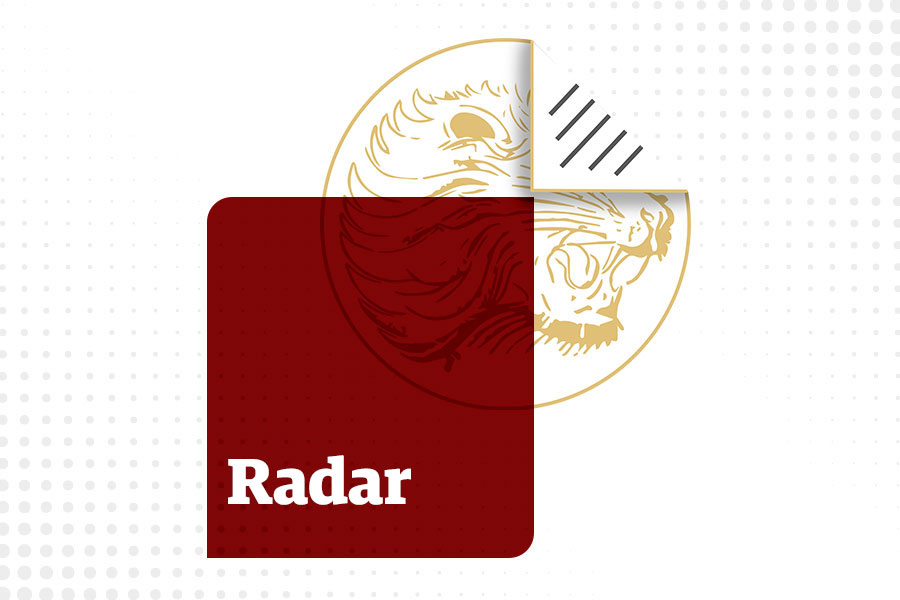
Radar | Nov 20,2021
Feb 15 , 2020
By Abdulmenan M. Hamza
In the preceding years, the banking industry did not face serious liquidity problems as banks were operating with a liquidity level above the minimum threshold. The story is different this time around, writes Abdulmenan Mohammed (abham2010@yahoo.co.uk), a financial expert with almost two decades of experience.
Liquidity problems have hit the banking industry since mid-November of last year. The liquidity crunch has caused glitches in the inter-bank settlement process at the central bank and complicated the withdrawing of large amounts of money from bank branches. To alleviate the problem, the National Bank of Ethiopia (NBE) has recently availed 14.5 billion Br in loans to banks. Furthermore, the regulator demanded commercial banks submit details on their loans and cash flows.
Mild liquidity problems occasionally happen in the industry due to seasonal factors. What makes this time different is the severity of the problem, pushing the regulator to demand the detailed lending activities of the banks. For the cause of the problem, we have to look to none other than poor liquidity management of banks and the passivity of the central bank.
In the past couple of years, there has been a marked increase in loans and advances by private banks. The state-owned Commercial Bank of Ethiopia (CBE) has also operated with tight liquid resources as it financed mega projects for several years. By late June last year, private banks had surpassed the 70pc loan-to-deposit ratio, the ideal mark in normal banking operation. This was despite the fact that their funds, which accounted for 27pc of deposits, were being held in NBE bonds.
The increase in loans and advances was observed across all private banks. It seems that the unusual demand for loans and advances was caused by soaring inflation that drove real interest rates down. The scramble to disburse more loans and advances, without due regard to the level of liquidity, required for expanding branch networks and increasing deposits has drained the banks, resulting in thinning average cash holdings for every branch and squeezing their payment and settlement balances with the central bank.
Between 2018 and 2019, liquid assets (cash in hand and payment settlement accounts with the NBE), which are actively used for day-to-day operations of banks, declined considerably. They went down to 7.6pc from 14.3pc of deposits due to a surge in lending activities. The reduction of the balance of payment and settlement accounts was also sharp enough to have gotten the attention of the bank executives and the regulator, plummeting to 1.7pc from 5.9pc of deposits. The decline was not an isolated case of a few banks, but it happened across the industry.
The decrease in the liquidity level could be observed as early as June 2019. As economic activity slowed down, and the demand for cash decreased between June and September as always, the problem was not felt. After October when economic activities picked up and demand for cash began to increase (for instance, the money supply outside banks increased by 16.4pc between the first and third quarters of the 2018/19 fiscal year, similar to the same period in the preceding year) due to seasonal factors such as the harvest of crops, payment of taxes and dividends, the liquidity problem started to emerge.
During the preceding years, the industry did not face serious liquidity problems as banks were operating with a liquidity level way above the minimum threshold. But now, the thinning liquidity level due to increased lending coupled with seasonal demand for more cash may have caused the liquidity crunch. In addition, political instability and the economic slowdown may have played its part in non-repayment of loans, which deprived banks of liquid resources.
The liquidity problem could have been solved through the inter-bank money market if the problem affected a few banks only and there was a properly functioning market. But the money market has remained inactive for several years. That is why the central bank stepped in. As much as the injection of massive money into the banking system can address the liquidity crisis, it will also add to the inflationary pressure that is afflicting the economy unless the newly injected money is pulled out as swiftly as possible.
Injection of liquidity is a temporary fix. When banks repay the injected loan, the problem may crop up once more. A measure that will enable banks to build up sufficient liquid resources to run their day-to-day operations smoothly should be the proper policy response.
It has been several years since the current liquidity requirement was set. The current liquidity requirement stands at 15pc of net current liabilities. Out of this, five percent is held in a reserve account, which is not usable for transaction purposes and a significant amount is maintained in foreign currencies. When these two balances are taken out, the minimum liquidity requirement, the liquid funds usable for day-to-day operations, is much smaller.
Operating with such tight liquid resources is difficult considering the fast monetisation of the economy and the increasing financial inclusion that brought millions of small savers that frequent banks for withdrawal into the banking network.
The central bank needs to consider increasing the liquidity requirement. This should be accompanied by setting two tiers of liquidity levels - overall liquidity level as a proportion of net liabilities and a minimum balance of cash in hand and settlement account as a proportion of net liabilities. Breaching these requirements should entail a punitive interest rate. Moreover, activating the inter-banking money market will help to smooth out the functioning of the banking industry.
PUBLISHED ON
Feb 15,2020 [ VOL
20 , NO
1033]


Radar | Nov 20,2021
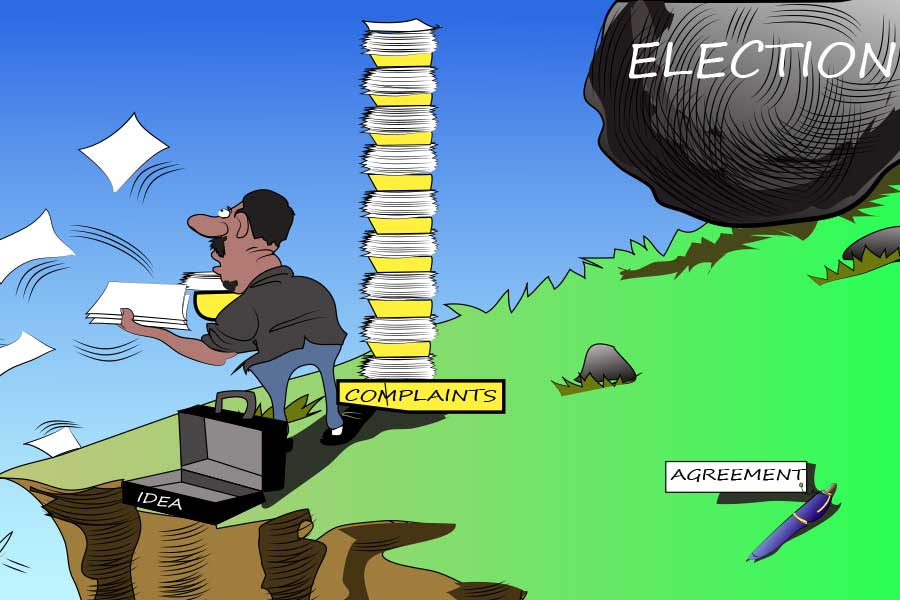
Editorial | Jul 20,2019

Commentaries | Aug 05,2023

Fortune News | Apr 27,2025

Covid-19 | Apr 17,2020

Sunday with Eden | Apr 29,2023

Radar | Aug 29,2020

Radar | Jun 29,2019

Editorial | Sep 02,2023

View From Arada | Apr 11,2020

Photo Gallery | 174904 Views | May 06,2019

Photo Gallery | 165130 Views | Apr 26,2019

Photo Gallery | 155392 Views | Oct 06,2021

My Opinion | 136742 Views | Aug 14,2021

Dec 22 , 2024 . By TIZITA SHEWAFERAW
Charged with transforming colossal state-owned enterprises into modern and competitiv...

Aug 18 , 2024 . By AKSAH ITALO
Although predictable Yonas Zerihun's job in the ride-hailing service is not immune to...

Jul 28 , 2024 . By TIZITA SHEWAFERAW
Unhabitual, perhaps too many, Samuel Gebreyohannes, 38, used to occasionally enjoy a couple of beers at breakfast. However, he recently swit...

Jul 13 , 2024 . By AKSAH ITALO
Investors who rely on tractors, trucks, and field vehicles for commuting, transporting commodities, and f...
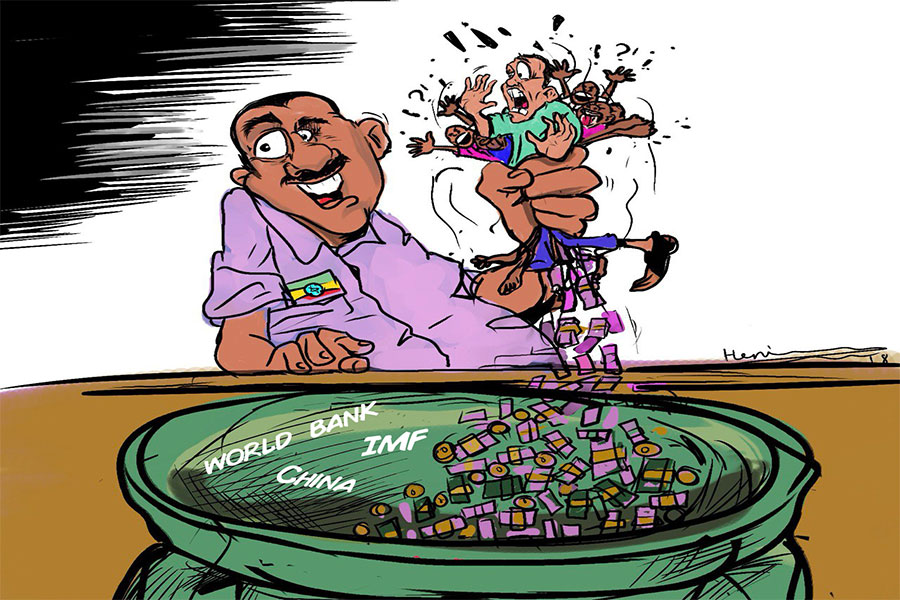
Oct 18 , 2025
The political establishment, notably the ruling party and its top brass, has become p...

Oct 11 , 2025
Ladislas Farago, a roving Associated Press (AP) correspondent, arrived in Ethiopia in...
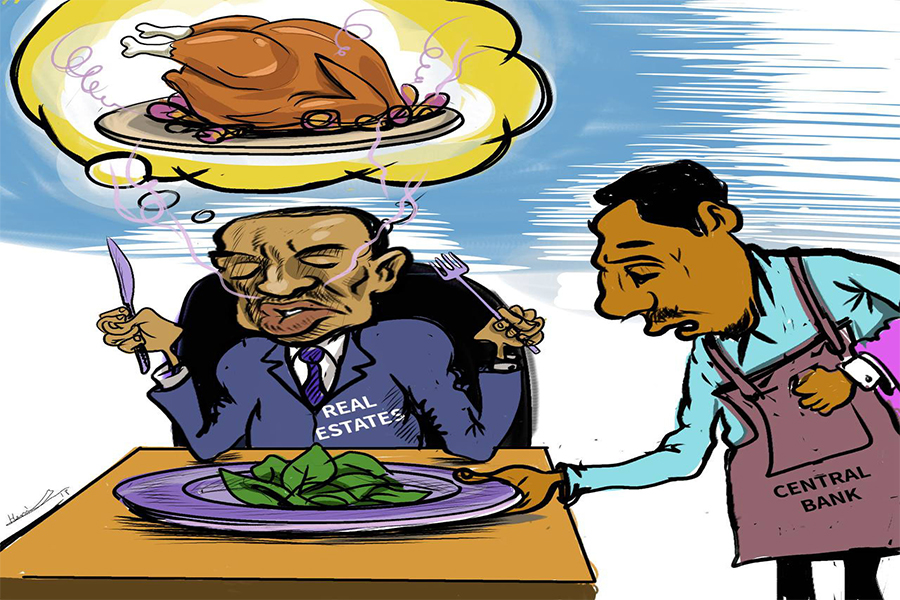
Oct 4 , 2025
Eyob Tekalegn (PhD) had been in the Governor's chair for only weeks when, on Septembe...

Sep 27 , 2025
Four years into an experiment with “shock therapy” in education, the national moo...
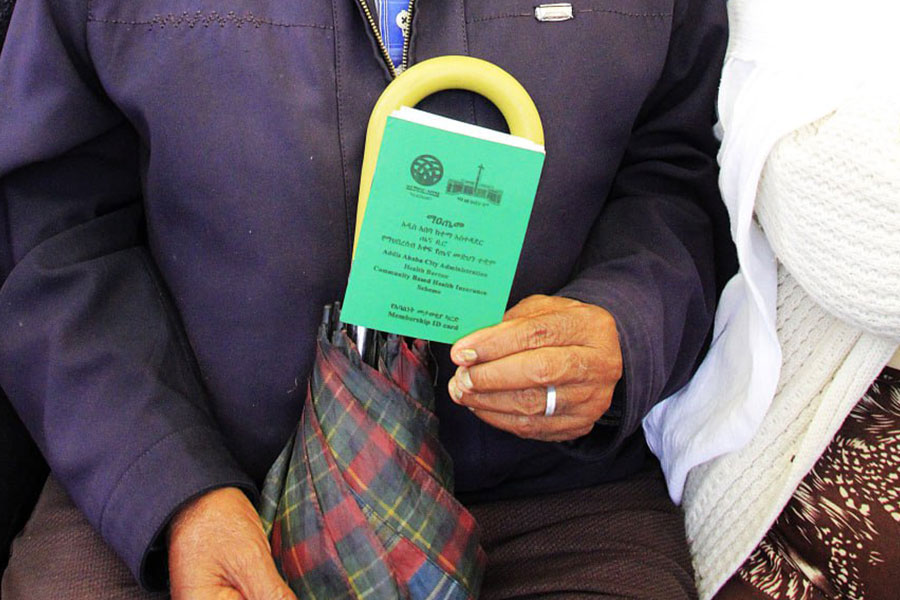
Oct 18 , 2025 . By NAHOM AYELE
In a sweeping reform that upends nearly a decade of uniform health insurance contribu...

Oct 18 , 2025 . By BEZAWIT HULUAGER
A bill that could transform the nutritional state sits in a limbo, even as the countr...

Oct 18 , 2025 . By SURAFEL MULUGETA
A long-planned directive to curb carbon emissions from fossil-fuel-powered vehicles h...

Oct 18 , 2025 . By BEZAWIT HULUAGER
Transaction advisors working with companies that hold over a quarter of a billion Bir...